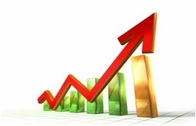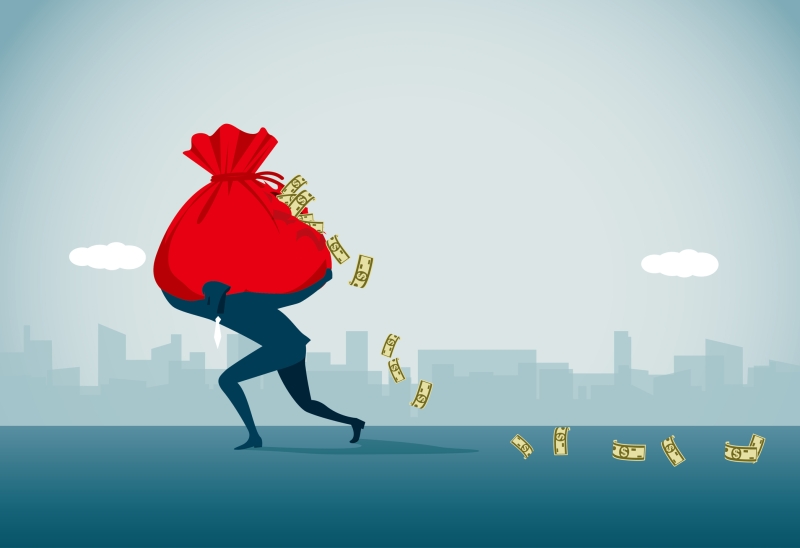Advertisement
NMP's Market Barometer: June 2009 Part I

Provided exclusively to National Mortgage Profesisonal Magazine by David Beadle, president of BestInfo Inc., home of the BestRates cell, pager and e-mail rate alert service for mortgage industry subscribers. Send your inquiry to [email protected] for full details on a free two-week trial subscription.
A reading of "1" has the lowest impact on rates, while "10" has the highest. Although carefully verified, data are not guaranteed as to accuracy or completeness. BestInfo, Inc. cannot be held responsible for any direct or incidental loss or liability incurred by applying any of the information or opinions in this feature.
June 1
May Manufacturing
Rate Impact: 8
The Institute for Supply Management has been noting a rebound in manufacturing activity since the December low at a level of 32.9. There was a nearly three-point improvement in January followed by a slow creep upward through March before a nearly four-point boost in April. But with Chrysler and General Motors having announced widespread plant closures for the month of May, the question is whether or not the upward trend will be interrupted or reversed as the inventory adjustment continues. With the unemployment rate continuing to rise, consumer spending may continue to languish, thereby creating more pressure on factories to reduce output for an extended period of time.
June 5: May Employment Report
Rate Impact: 10
The national unemployment rate has been on a steep upward trajectory for about one year and due to the lag effect inherent in hiring as a recession comes to an end, there is a widespread belief that 10% is a likely upside target for unemployment from the current nearly 9% level. Of key interest to economists is whether or not the number of jobs being cut by employers will begin to dissipate. A number of influential observers said in early May that the April job losses were likely the last of the steep cuts because businesses had trimmed down as much as can be expected. If true, the next question is the future direction of the economy. Will it display a "V" pattern (a sharp rebound), a "U" pattern (a moderately fast recovery) or an "L" pattern (denoting a prolonged period of malaise)? The jury is still out on that answer.
June 11: May Retail Sales
Rate Impact: 9
It's all about the consumer when it comes to gross domestic product growth. The revelation that retail sales fell for the second straight month in April hit the stock market with a dose of reality, after it had rallied hard off an early March bottom. But regardless of whether Easter was early (March) or late (April), the two-month period saw a cumulative decline of 1.7% in shopping after a cumulative 2.1% improvement in the January-February timeframe. Therefore, we are almost back to Square One. With the unemployment rate rising along with foreclosures, consumers are continuing to think before they spend. And as long as discretionary cash is being eaten away by higher gasoline prices, the economy may continue to languish despite the emergence of warmer weather.
June 12: June Consumer Sentiment
Rate Impact: 5
One indicator which has been heading higher has been the one covering consumer attitudes about their personal finances, job conditions and shopping plans. With the sharp rebound in equity prices, household members recently were telling statisticians that they feel better about the outlook for the future. The two major monthly studies and a weekly survey were in agreement on this score. But analysts have noted an historical disparity between how people say they feel and what they actually do with their money. In many cases, they continue to keep it under the mattress until economic activity has already begun to gather a head of steam, often causing such sentiment measurements to behave as a lagging indicator rather than a predictor of a turnaround.
About the author





